I Wake Up Screaming (1941)
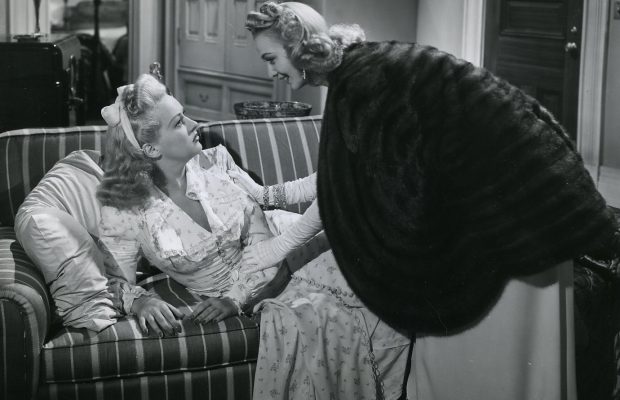
Toronto Film Society presented I Wake Up Screaming (1941) on Monday, January 13, 2020 in a double bill with Parachute Jumper as part of the Season 72 Monday Evening Film Buffs Series, Programme 4.
Production Company: 20th Century Fox. Executive Producer: Darryl F. Zanuck. Producer: Milton Sperling. Director: H. Bruce Humberstone. Screenplay: Dwight Taylor, based on the novel by Steve Fisher. Music: Cyril J. Mockridge. Cinematography: Edward Cronjager. Film Editor: Robert L. Simpson. Art Directors: Richard Day, Nathan Juran. Release Date: October 31, 1941.
Cast: Betty Grable (Jill Lynn), Victor Mature (Frankie Christopher), Carole Landis (Vicky Lynn), Laird Cregar (Ed Cornell), William Gargan (Jerry MacDonald), Alan Mowbray (Robin Ray), Allyn Joslyn (Larry Evans), Elisha Cook Jr. (Harry Williams), Chick Chandler (Reporter), Cyril Ring (Reporter), Morris Ankrum (Assistant District Attorney), Charles Lane (Keating, Florist), Frank Orth (Cemetary Caretaker), Gregory Gaye (Headwaiter), May Beatty (Lady Handel), Forbes Murray (Mr. Handel).
I Wake Up Screaming may be a film noir, but it doesn’t always feel like one. Debuting before the genre fully bloomed, it possesses the cynicism, lurid themes, and ink-black lighting of noirs to come—with a plot, characters, and even cast that at times seem more at home in a 1930s comedy. The source material, a novel by Steve Fisher, was published in 1941. By that time, Darryl F. Zanuck had run production at 20th Century Fox for six years, his B-unit producing a steady stream of crime themed films. Zanuck had at his disposal two appealing young stars: Victor Mature and the glittering Betty Grable, whose star turn in Down Argentina Way (1940) had made her a box office draw in lighter fare. H. Bruce Humberstone, a veteran director of adventure pictures and comedies, took the helm. I Wake Up Screaming would be a departure for all three.
In grim and greasy tones, the film tells the story of Frankie Christopher (Mature), a mid-level promoter who attaches himself to rising star Vicky Lynn (Carole Landis), only to be implicated in her murder. Vicky’s sister, Jill (Grable), becomes involved with Frankie, and the two of them begin pursuing leads of their own. The police, led in this case by detective Ed Cornell (Laird Cregar), seem determined to send Frankie to the chair. Detective Cornell is a towering slab of a man: focused to the point of obsession, an intimidating presence for both suspects and witnesses. He is motivated by some kind of driving malevolence, such that Frankie’s innocence or guilt matters less to him than his perfect record of convictions. Cornell’s freedom to operate seems almost unlimited, which makes him even more frightening—he freely enters suspects’ homes, at one point seating himself next to Frankie’s bed while he sleeps. Faced with such an adversary, Mature’s fast-talking huckster becomes a hero. And Jill, in her efforts to help clear his name, finally emerges from her late sister’s shadow.
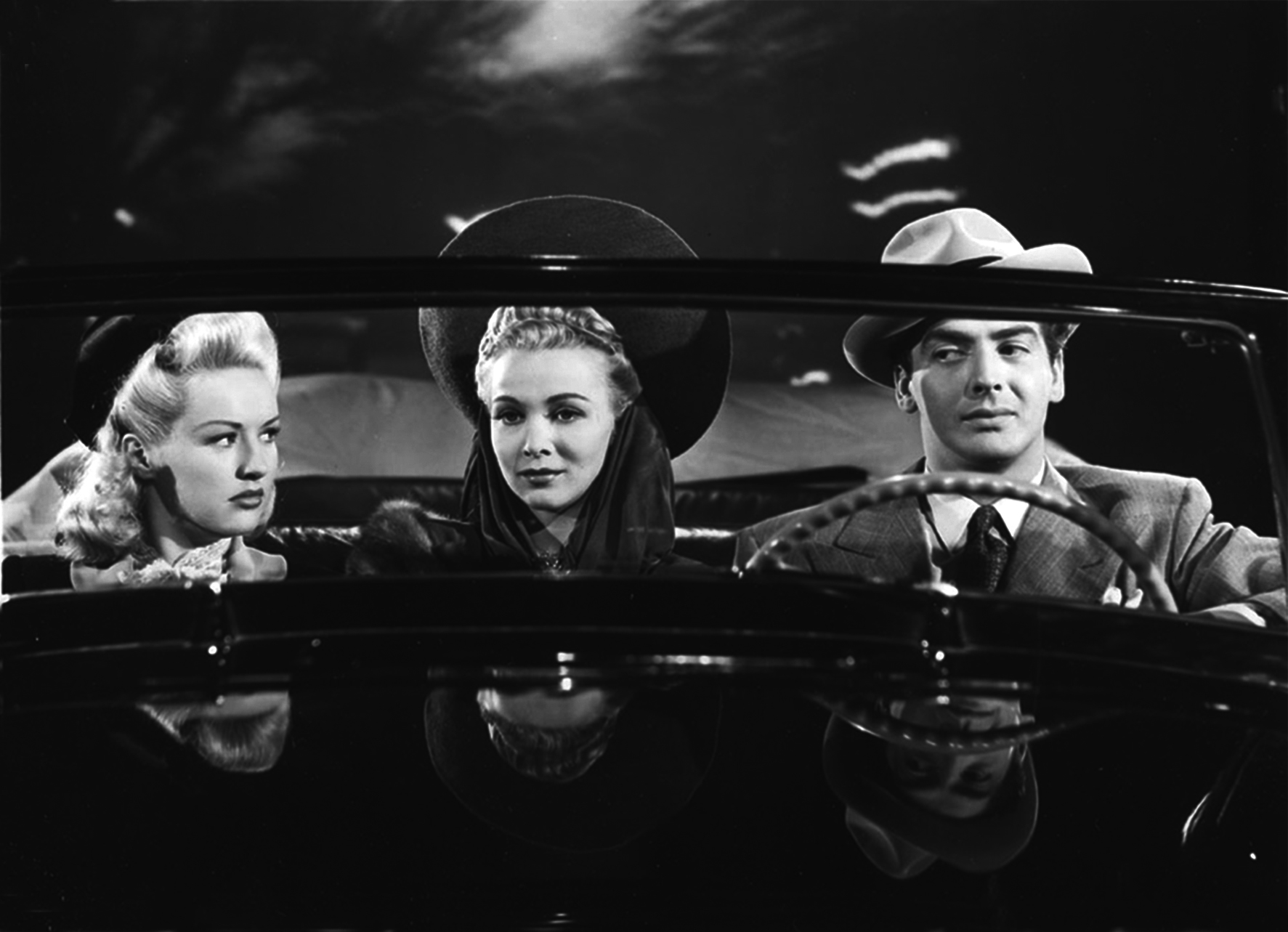
I Wake Up Screaming, write Geoff Mayer and Brian McDonnell, provides “a link between the screwball comedies of the late-1930s, the Thin Man series of light-hearted mystery movies, and film noir proper.” These roots can be seen in the sometimes comic interplay between Mature and Grable, as well as their characters’ turns as amateur sleuths—not to mention the film’s rather tidy conclusion. But this is a movie with a cynical core, and that makes it noir above all else. Frankie, the hero, would be a second-string sleezeball in most earlier films—the one who’d be made an example of by somebody else. Cornell is the monster; not because he’s sick, but because he carries behind him the full weight of the law. I Wake Up Screaming is ultimately a battle of wills where neither combatant is admirable, merely dishonourable by matters of degree. They aren’t battling for a better world, or even justice, but for their own survival.
Notes by Chris Edwards
SPOT THE CANADIAN
Forbes Murray, who portrays Mr. Handel in I Wake Up Screaming, was born Murray Forbes Barnard on November 4, 1884 in Hamilton, Ontario. Silver of hair and possessing a dignified voice and manner, he has been described as “a poor man’s Claude Rains.” Murray started off acting in serials, most notably Dick Tracy (1937), but then went on to character parts in mainly A-list films, including Edison, the Man (1940), Meet John Doe (1941), The Story of Dr. Wassell (1944), They Were Expendable (1945), Gilda (1946), The Big Sleep (1946), and Annie Get Your Gun (1950). Sons of the Desert fan clubs will know him for his work with Laurel and Hardy in A Chump at Oxford (1940) and Nothing But Trouble (1944). Aficionados of vintage sci-fi can point him out in Them! (1954) and Earth vs. the Flying Saucers (1956). Although he lived until 1982, his film career ended in the early-1960s. He did go out with a bang, though, appearing in Vertigo (1958), Hitler (1962), and The Nutty Professor (1963). Op. cit.: Art Director Richard Day was born on May 9, 1896 in Victoria, British Columbia.
Compiled by Leslie C. Smith

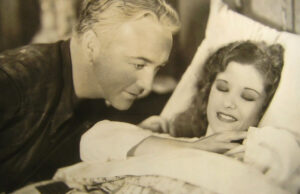
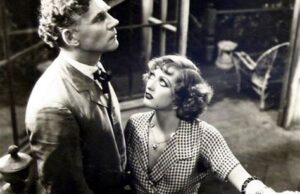
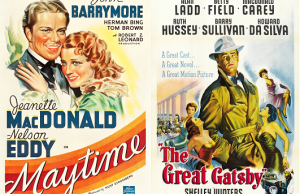






Leave a Reply